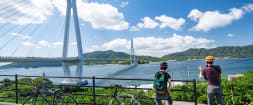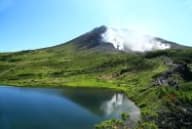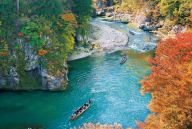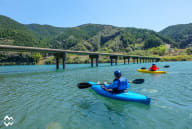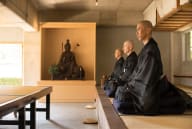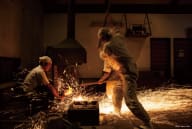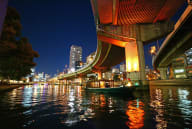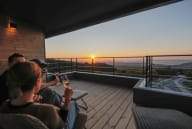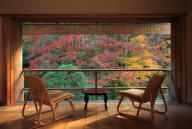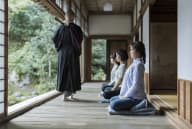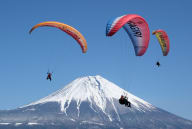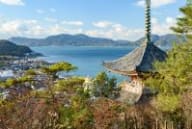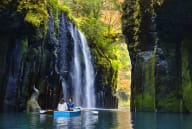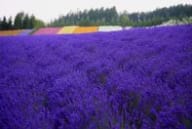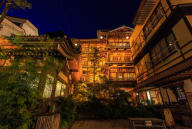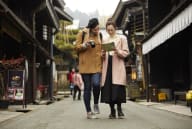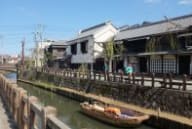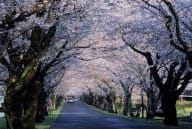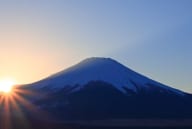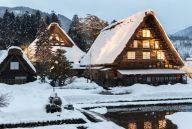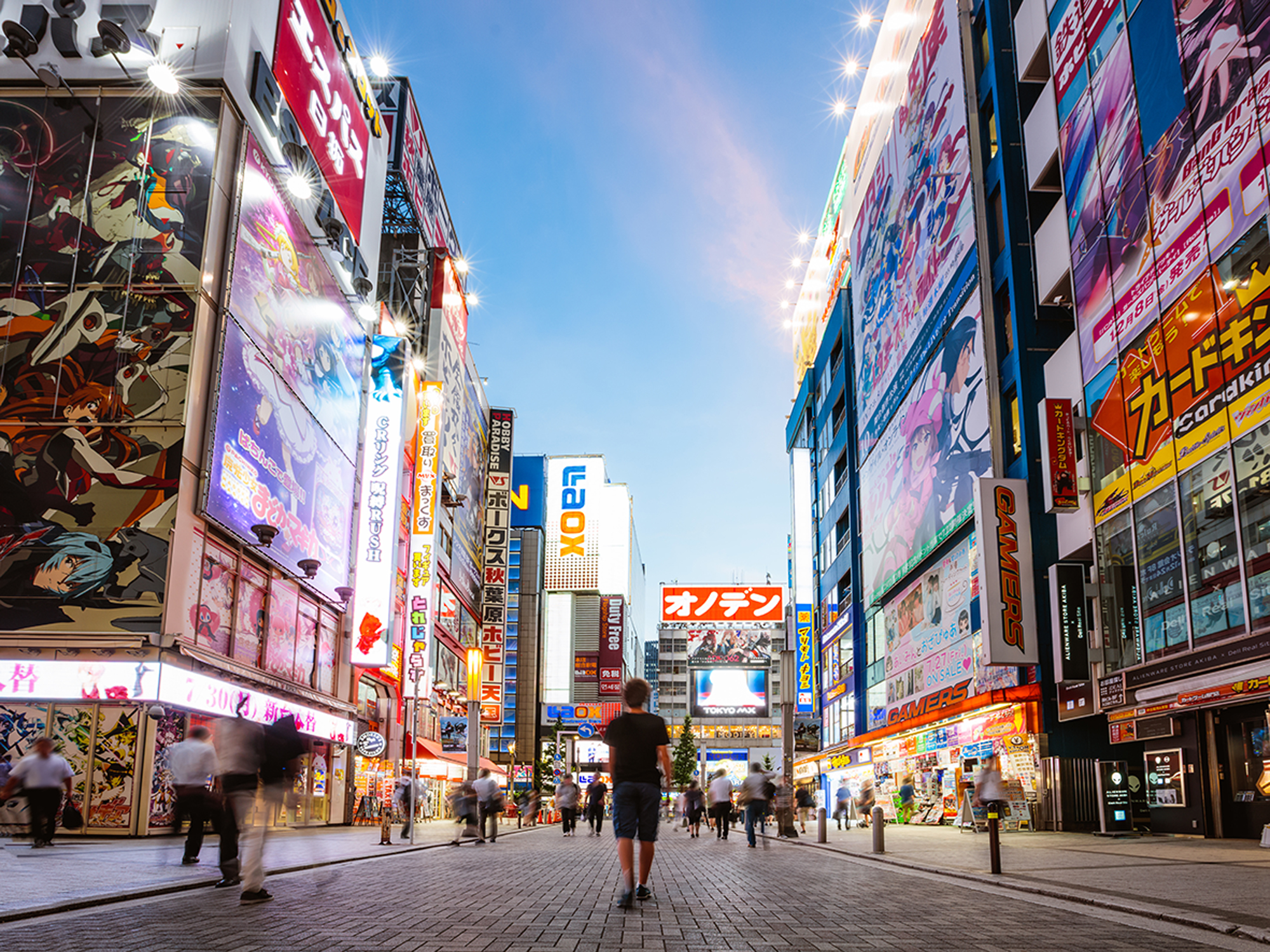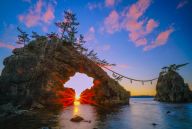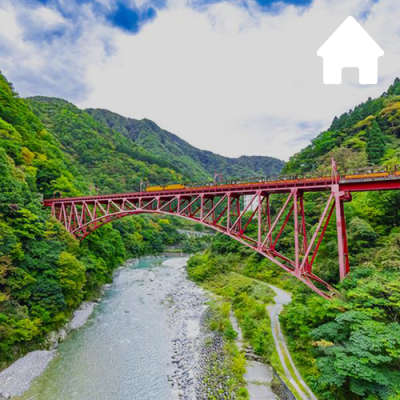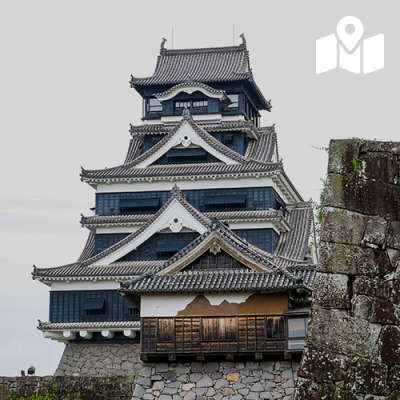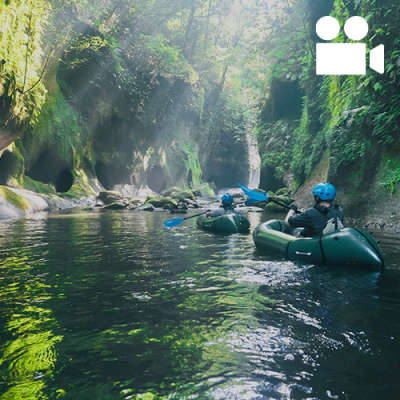Use the
Planning a Trip to Japan?
Share your travel photos with us by hashtagging your images with #visitjapanjp
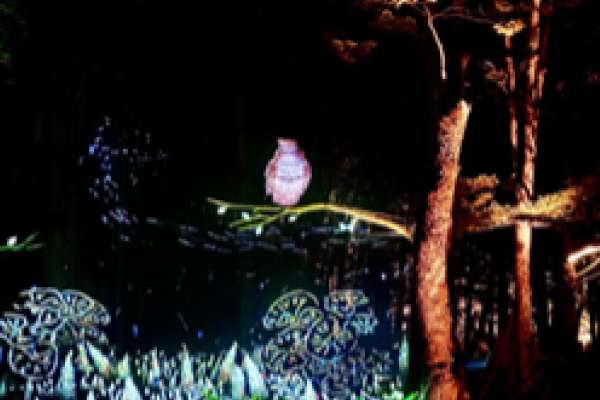
Did you know that Japan’s northernmost island, Hokkaido, is not only famous for its snowy landscapes but also its diverse cultural and natural attractions? Hokkaido offers an unforgettable blend of beauty, history, and adventure. We explored several distinct areas across the island, each with its own charm and story to tell. From the steaming cliffs of Hell Valley to the colorful lavender fields of Furano and the cultural treasures around Lake Akan, including the Ainu villages, this journey was a sensory experience that connected nature, tradition, and discovery.
As part of my visit, we explored one of the main themes of the 2025 International Exposition, “Saving Lives,” and experienced how communities preserve and coexist with nature through sustainable tourism, while discovering the healing power of pristine landscapes.
Join us as we walk you through the highlights of this captivating trip through Hokkaido.
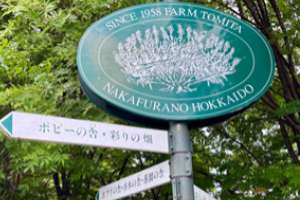
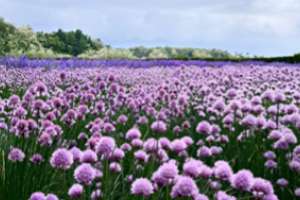
A moment of peace in Hokkaido’s flower paradise
We began our journey at Tomita Farm, located in the heart of Furano, a place widely known for its sweeping lavender fields and picturesque landscapes. In addition to rows of fragrant lavender, the farm features seasonal gardens filled with vibrant roses, sunflowers, and cosmos. During our visit, we took a leisurely stroll through the fields, surrounded by soft breezes and the calming scent of blooming flowers. The colors stretched across the land like a natural painting, offering a peaceful break from the pace of city life. It was a quiet moment to reflect on the beauty of nature and the thoughtful care taken to preserve such a serene environment.
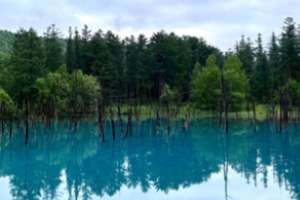

Blue Pond in Biei, Hokkaido is a breathtaking, surreal destination
Shirogane Blue Pond, a captivating example of nature’s beauty born from human intervention, was created as part of an erosion control project after a volcanic eruption in the 1980s. The minerals in the water, especially aluminum, reflect light in a way that gives the pond its unique color. Depending on the season and weather, the shade of blue can change, which makes each visit feel a little different. More than just a photogenic location, the Blue Pond tells a story of how environmental engineering and the forces of nature can converge to create something profoundly beautiful.

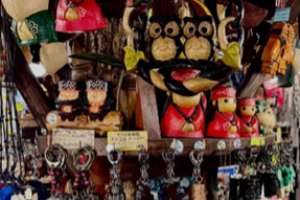
Ainu hands weave stories into wood
Continuing on, we visited Akan Ainu Village, where we observed the careful preservation of traditional carving tools and the detailed textures of Ainu embroidery on display. As Japan’s Indigenous people, the Ainu have long upheld their identity through handmade crafts that reflect a deep relationship with nature and community. Inside the culture center, artisans demonstrated the process of shaping wood into symbolic forms and stitching bold, symmetrical patterns into fabric with each design carrying meanings passed down through generations. While we did not engage with all elements directly, the environment offered a strong sense of history and cultural continuity. This experience highlighted how the preservation of tradition can serve as a form of empowerment, sustaining identity through craftsmanship and shared heritage.
Just nearby, inside the Ainu Kotan, we entered the Lake Akan Ainu Theater “Ikor,” where we experienced the traditional Ainu performance “Dancing Under a Full Moon.” As the lights dimmed and the first notes of the mukkuri mouth harp echoed softly through the hall, we were drawn into a story told through rhythm and movement. The dancers moved in time with the beat, performing a traditional Ainu dance called Futtarecuy pine tree dance with precise, grounded steps that mirrored the spirit of the land. The performance wasn’t just entertainment – it offered insight into a worldview where nature and humanity are deeply connected. Nature is not just philosophy, but a way of life.
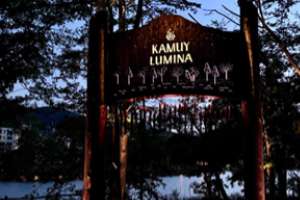

Kamuy Lumina: A Nighttime Adventure in Nature
The night after, we experienced Kamuy Lumina, a unique nighttime experience that blends immersive storytelling, digital art, and Ainu culture within the tranquil setting of Akan Mashu National Park. This 1.2-kilometer forest walk is more than just a stroll – it’s a multisensory journey guided by light, sound, and narrative. Created by a renowned digital art collective, the experience is inspired by Ainu mythology and follows the tale of a guardian owl and a bird delivering a message to the Kamuy (spiritual beings) in a quest to save humanity from starvation. Each participant carries a rhythm stick, which not only activates soundscapes and animations along the path but also allows for interaction with the story. Kamuy Lumina presents a powerful example of how technology can be used to preserve and share Indigenous traditions


Gliding through nature’s beauty on Lake Akan
On our last morning in Hokkaido, we joined a sightseeing cruise on Lake Akan, a scenic 85-minute journey passing through the calm waters of Takiguchi, surrounded by expansive natural landscapes. This area also marks the trailhead of Mount Oakan, making it a popular location for both hikers and photographers. As the boat moved slowly across the lake, we enjoyed the serenity of untouched nature, a place that has remained largely unchanged for centuries. One of the most fascinating highlights was the marimo, a rare, velvety green algae considered a national natural treasure. Discovered in Lake Akan in 1897, marimo grow into perfect spheres and are found in their natural clustered form in only two places in the world. Remarkably, all known marimo populations trace their origins back to Lake Akan. Seeing them gently floating beneath the surface offered a quiet moment of wonder, an ending that captured the spirit of Hokkaido: Wild, rare, and deeply connected to the natural world.
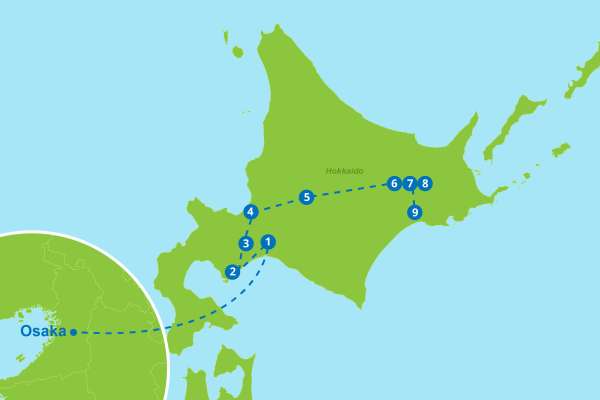
①New Chitose Airport
②Noboribetsu
③Lake Shikotsu
④Furano
⑤Sapporo
⑥Akanko Ainu Kotan
⑦Kamuy Lumina
⑧Lake Akan
⑨Kushiro Airport
-
About the author
Author: Asslamatuz Zahra
Profile: Asslamatuz Zahra hails from Indonesia. She works for the National Development Planning/ Bappenas. In her free time, she enjoys going on adventures.














